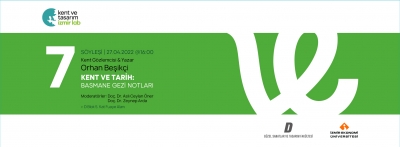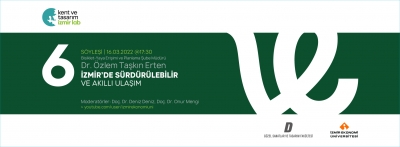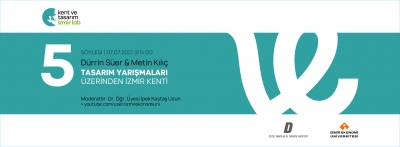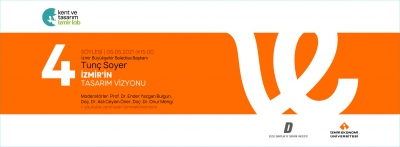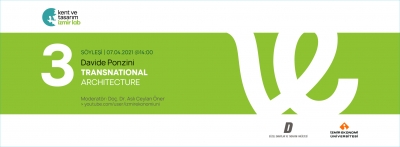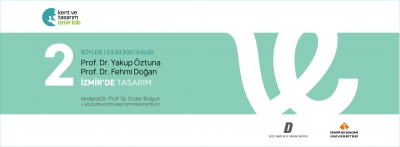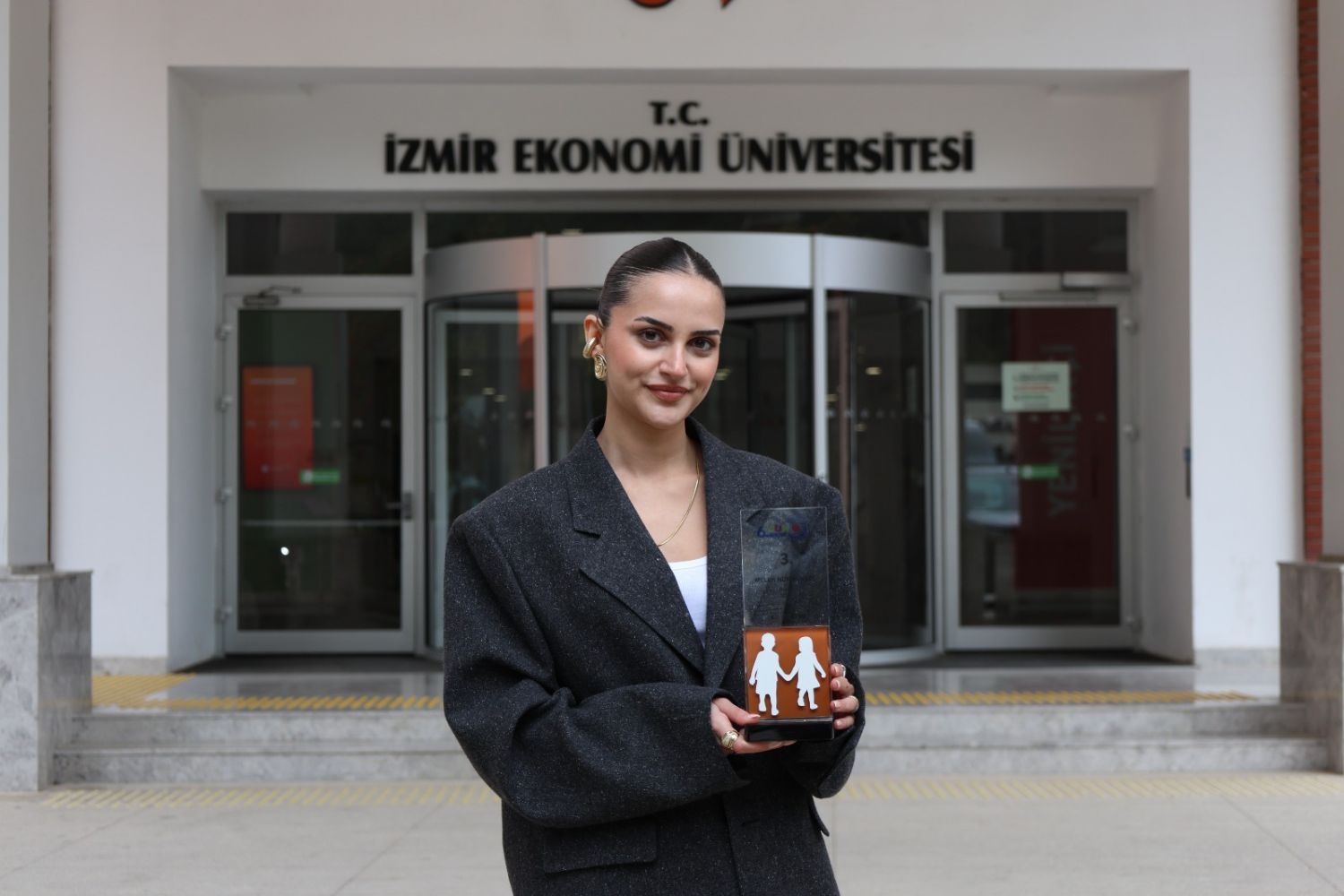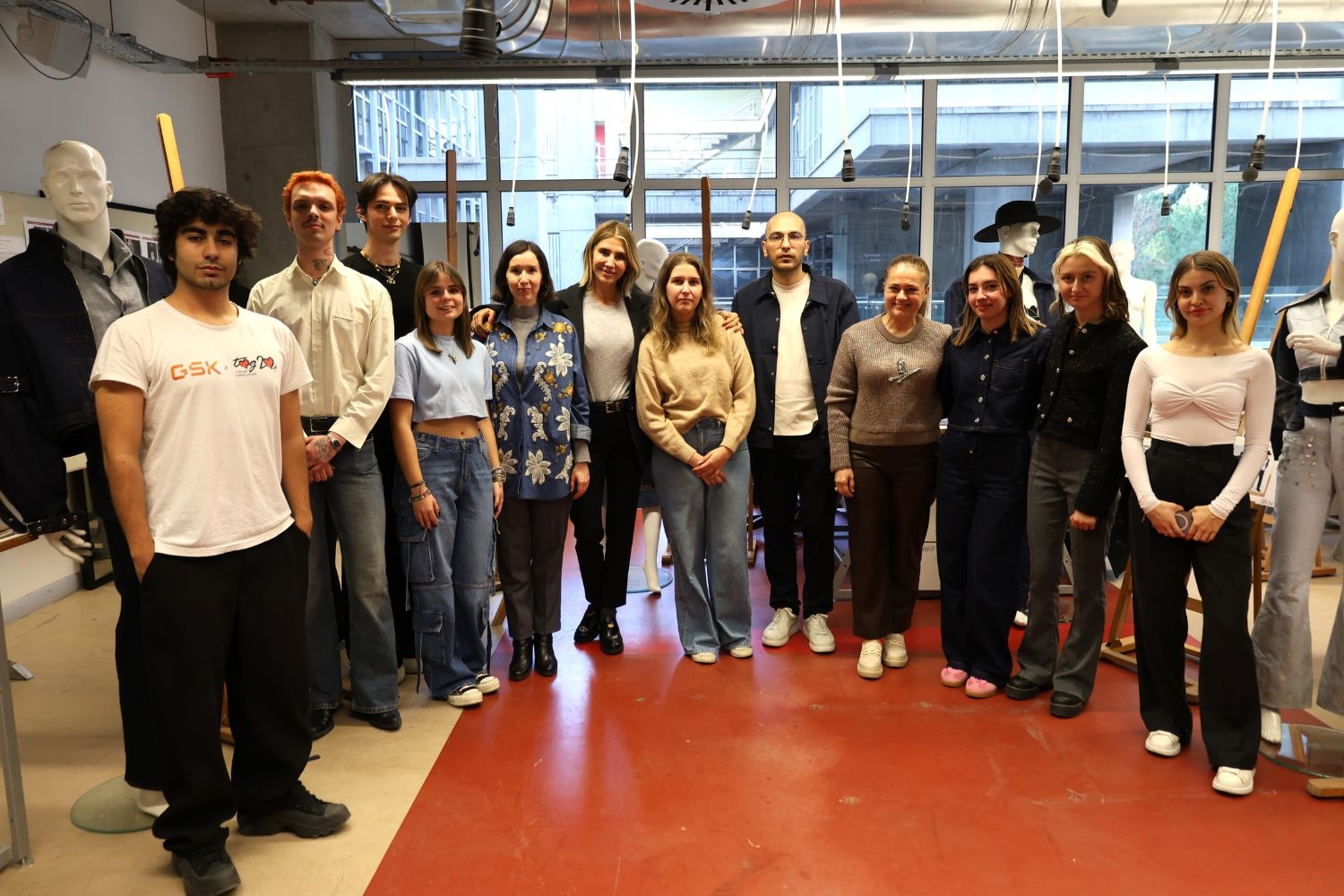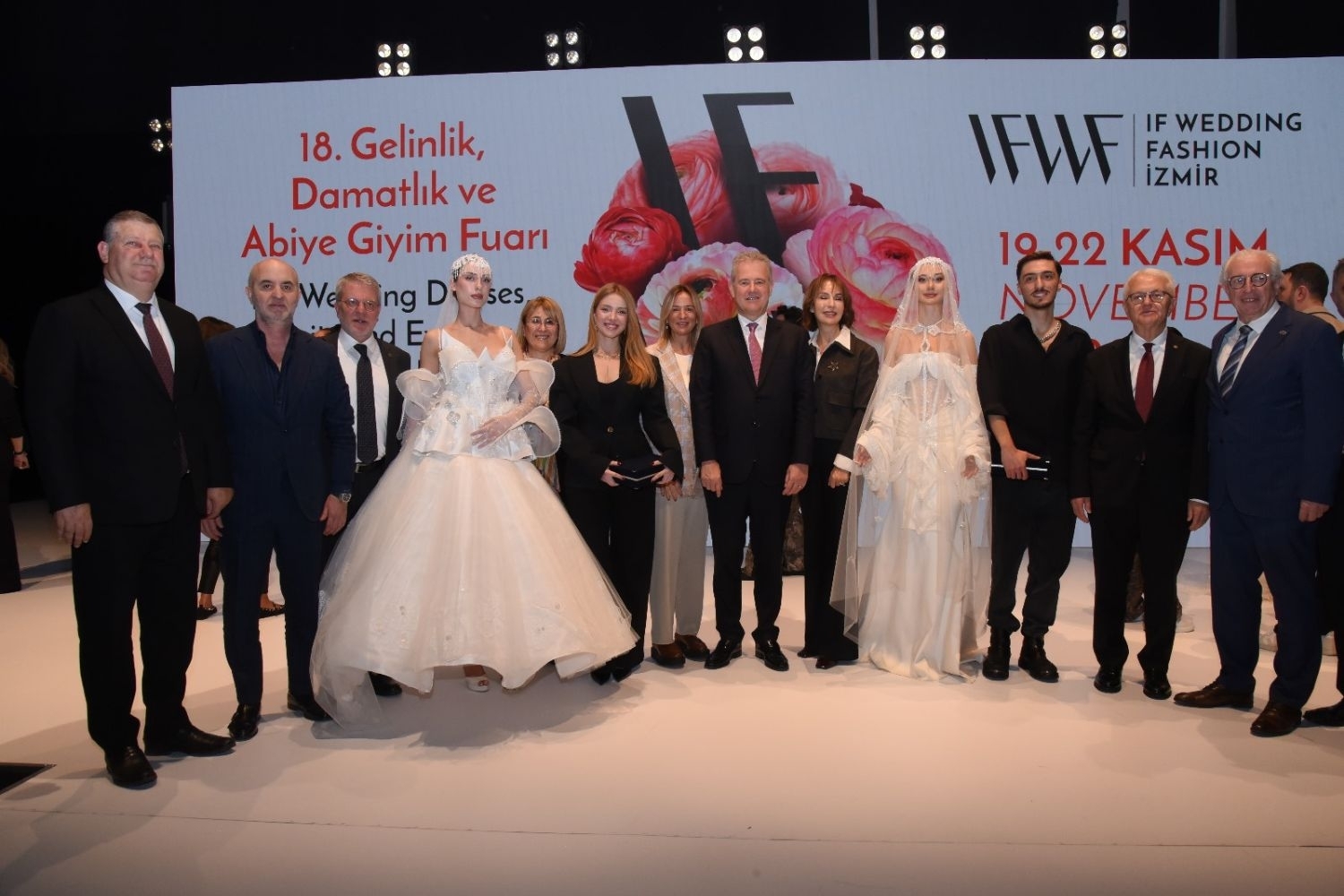FACULTY OF FINE ARTS AND DESIGN
Department of Textile and Fashion DesignFB 401 | Course Introduction and Application Information
| Course Name |
Fashion Merchandising Management
|
|
Code
|
Semester
|
Theory
(hour/week) |
Application/Lab
(hour/week) |
Local Credits
|
ECTS
|
|
FB 401
|
Fall/Spring
|
2
|
2
|
3
|
4
|
| Prerequisites |
None
|
|||||
| Course Language |
English
|
|||||
| Course Type |
Elective
|
|||||
| Course Level |
First Cycle
|
|||||
| Mode of Delivery | - | |||||
| Teaching Methods and Techniques of the Course | DiscussionQ&ALecture / Presentation | |||||
| National Occupation Classification | - | |||||
| Course Coordinator | ||||||
| Course Lecturer(s) | ||||||
| Assistant(s) | - | |||||
| Course Objectives | The aim of this course is to provide information on fashion merchandising and fashion marketing, highlighting the importance and role of marketing in designing and purchasing fashion products. |
| Learning Outcomes |
The students who succeeded in this course;
|
| Course Description | This course discusses key topics, including fashion merchandising, fashion marketing, trend analysis, consumer behavior, and market research. It also offers knowledge in various job descriptions within the fashion industry, including fashion merchandising, product development, customer representation, and brand management. |
| Related Sustainable Development Goals |
|
|
Core Courses | |
| Major Area Courses | ||
| Supportive Courses |
X
|
|
| Media and Management Skills Courses | ||
| Transferable Skill Courses |
WEEKLY SUBJECTS AND RELATED PREPARATION STUDIES
| Week | Subjects | Related Preparation |
| 1 | Introduction and course orientation; introduction of main concepts and definitions; overview of apparel and fashion retail industries | Mastering Fashion Buying and Merchandising Management-Introduction Apparel Merchandising-Chapter 1,2aV |
| 2 | The role of fashion buying and merchandising | Tim Jackson, David Shaw ‘’Mastering Fashion Buying and Merchandising Management’’ chap.1,2 (Macmillan Education UK), 9-37 |
| 3 | Fashion Buying; The role and responsibilities of the fashion buyer, the role of fashion design | Tim Jackson, David Shaw ‘’Mastering Fashion Buying and Merchandising Management’’ chap.2 (Macmillan Education UK), 26-37 |
| 4 | The importance of fashion trends; fashion calendar and fashion weeks | Tim Jackson, David Shaw ‘’Mastering Fashion Buying and Merchandising Management’’ chap.3 (Macmillan Education UK), 39-58 |
| 5 | Understanding consumer behaviour. | Michael Levy, Barton A. Weitz, Dhruv Grewal Professor ‘’Retailing Management’’ chap.5 (McGraw Hill 2022),127-150 |
| 6 | Market planning; market knowledge and research; market segmentation, targeting, positioning and planning | Tim Jackson, David Shaw ‘’Mastering Fashion Buying and Merchandising Management’’ chap.4 (Macmillan Education UK), 61-76 |
| 7 | Project Presentation 1 | |
| 8 | Product development, product planning, and management. | Tim Jackson, David Shaw ‘’Mastering Fashion Buying and Merchandising Management’’ chap.6 (Macmillan Education UK), 90-112 |
| 9 | MIDTERM WEEK | |
| 10 | Supply chain management | Tim Jackson, David Shaw ‘’Mastering Fashion Buying and Merchandising Management’’ chap.7 (Macmillan Education UK), 114-138 |
| 11 | Sourcing process and strategies | Michael Levy, Barton A. Weitz, Dhruv Grewal Professor ‘’Retailing Management’’ chap.13 (McGraw Hill 2022),357-378 |
| 12 | Stock (inventory) management; distribution channels. | Tim Jackson, David Shaw ‘’Mastering Fashion Buying and Merchandising Management’’ chap.8 (Macmillan Education UK), 139-155 |
| 13 | Fashion retail management, visual merchandising | Tim Jackson, David Shaw ‘’Mastering Fashion Buying and Merchandising Management’’ chap.9 (Macmillan Education UK), 156-175 |
| 14 | Future trends in buying and merchandising; importance of design management. | Tim Jackson, David Shaw ‘’Mastering Fashion Buying and Merchandising Management’’ chap.10 (Macmillan Education UK), 174-182 |
| 15 | Project presentation 2 | |
| 16 | Semester Review |
| Course Notes/Textbooks | Tim Jackson and David Shaw, Mastering Fashion Buying and Merchandising Management, Palgrave Master Series, 2001. |
| Suggested Readings/Materials |
|
EVALUATION SYSTEM
| Semester Activities | Number | Weigthing |
| Participation |
1
|
10
|
| Laboratory / Application | ||
| Field Work | ||
| Quizzes / Studio Critiques |
1
|
10
|
| Portfolio | ||
| Homework / Assignments | ||
| Presentation / Jury |
1
|
45
|
| Project |
1
|
35
|
| Seminar / Workshop | ||
| Oral Exams | ||
| Midterm | ||
| Final Exam | ||
| Total |
| Weighting of Semester Activities on the Final Grade |
4
|
100
|
| Weighting of End-of-Semester Activities on the Final Grade | ||
| Total |
ECTS / WORKLOAD TABLE
| Semester Activities | Number | Duration (Hours) | Workload |
|---|---|---|---|
| Theoretical Course Hours (Including exam week: 16 x total hours) |
16
|
2
|
32
|
| Laboratory / Application Hours (Including exam week: '.16.' x total hours) |
16
|
2
|
32
|
| Study Hours Out of Class |
14
|
1
|
14
|
| Field Work |
0
|
||
| Quizzes / Studio Critiques |
1
|
7
|
7
|
| Portfolio |
0
|
||
| Homework / Assignments |
0
|
||
| Presentation / Jury |
1
|
20
|
20
|
| Project |
1
|
15
|
15
|
| Seminar / Workshop |
0
|
||
| Oral Exam |
0
|
||
| Midterms |
0
|
||
| Final Exam |
0
|
||
| Total |
120
|
COURSE LEARNING OUTCOMES AND PROGRAM QUALIFICATIONS RELATIONSHIP
|
#
|
Program Competencies/Outcomes |
* Contribution Level
|
|||||
|
1
|
2
|
3
|
4
|
5
|
|||
| 1 |
To be able to develop and design a collection independently. |
-
|
-
|
-
|
-
|
-
|
|
| 2 |
To be able to do maintain a design research individually or as a team. |
-
|
-
|
-
|
X
|
-
|
|
| 3 |
To be able to develop entrepreneurship- and managerial skills for a future professional practice. |
-
|
X
|
-
|
-
|
-
|
|
| 4 |
To be able to understand, interpret and apply theoretical knowledge in fashion and textile design. |
-
|
-
|
-
|
-
|
-
|
|
| 5 |
To be able to analyze and integrate the particular local and regional needs and of their profession. |
-
|
-
|
-
|
-
|
-
|
|
| 6 |
To be able to obtain a multidisciplinary point of view, follow and analyze the new issues, changes and trends in contemporary design and art in such a way that they can be integrated into design practice. |
-
|
X
|
-
|
-
|
-
|
|
| 7 |
To be able to apply industrial requirements, knowledge of material & usage and know-how knowledge in the creation of high quality fashion products. |
-
|
-
|
-
|
-
|
-
|
|
| 8 |
To be able to use digital information and communication technologies at a level that is adequate to the discipline of fashion and textile design. |
-
|
-
|
-
|
-
|
-
|
|
| 9 |
To be able to develop an ongoing analytical and professional approach to academic and design research. |
-
|
X
|
-
|
-
|
-
|
|
| 10 |
To be able to recognize the need and importance of a personal lifelong learning attitude towards their chosen area of interest. |
-
|
-
|
-
|
-
|
-
|
|
| 11 |
To be able to collect data in the areas of fashion and textile design and communicate with colleagues in a foreign language ("European Language Portfolio Global Scale", Level B1). |
-
|
-
|
-
|
-
|
-
|
|
| 12 |
To be able to speak a second foreign at a medium level of fluency efficiently. |
-
|
-
|
-
|
-
|
-
|
|
| 13 |
To be able to relate the knowledge accumulated throughout the human history to their field of expertise. |
-
|
-
|
-
|
-
|
-
|
|
*1 Lowest, 2 Low, 3 Average, 4 High, 5 Highest
NEWSALL NEWS

IZMIR UNIVERSITY OF ECONOMICS GÜZELBAHÇE CAMPUS
DetailsGLOBAL CAREER
As Izmir University of Economics transforms into a world-class university, it also raises successful young people with global competence.
More..CONTRIBUTION TO SCIENCE
Izmir University of Economics produces qualified knowledge and competent technologies.
More..VALUING PEOPLE
Izmir University of Economics sees producing social benefit as its reason for existence.
More..









